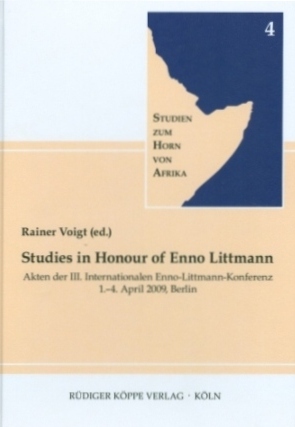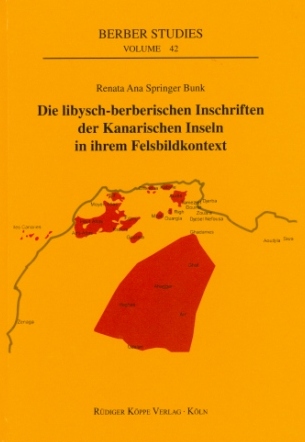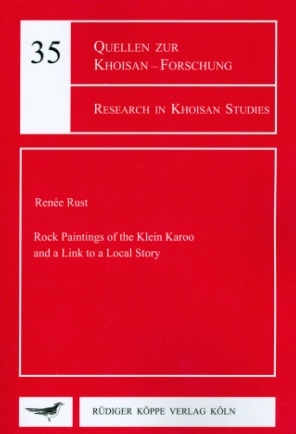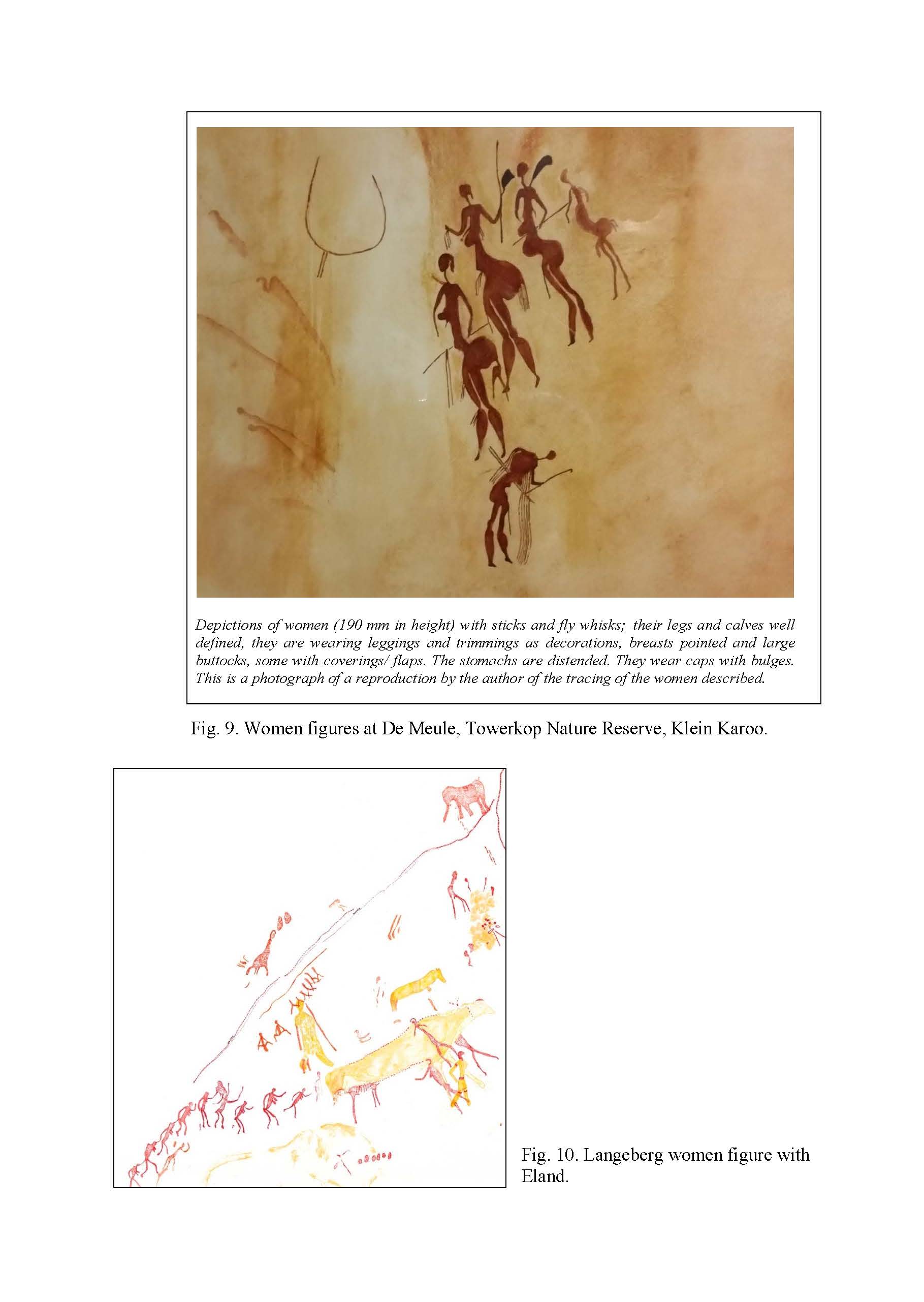



Rock Painting
Studies in Honour of Enno Littmann
Akten der III. Enno-Littmann-Konferenz, 1.–4. April 2009, Berlin, Teilband 1
Edited by: Rainer Voigt. With a preface by: Rainer Voigt. With contributions by: Mohammad I. Ababneh, Francis Breyer, Klaus Dornisch, Salah Mahgoub Edris, Yehoshua Frenkel, Hailu Habtu, Paul B. Henze †, Axel Knauf, Sultan A. Maani, Dorothea McEwan, Jürgen Merten, Mitiku Gabrehiwot, Richard Pankhurst †, Jacke Phillips, Walter Raunig, Dmitry Sewruk, Veronika Six, Kerstin Volker-Saad. Series edited by: Rainer Voigt, Hatem Elliesie.
Series: SHA Studien zum Horn von Afrika Volume 4
201616 pp. Roman, 333 pp.
With English abstracts. 3 maps, 4 colour photographs, 7 b/w photographs, 45 colour figures, 25 b/w figures, 2 facsimile reproductions, 7 tables, 6 graphics/drawings, index
Text language(s): English, German
Format: 170 x 240 mm
870 g
Hardcover
€ 69.80
Buy 'Studies in Honour of Enno Littmann' as a downloadable PDF document directly from our online shop »
Order 'Studies in Honour of Enno Littmann' as print edition »
CONTENTS
Preface: III. International Enno Littmann Conference, Berlin April 1st–4th 2009
Vorwort: III. Internationale Enno-Littmann-Konferenz, Berlin 1.– 4. April 2009
Littmann, Krencker, Zäwde Gäbrä-Śǝllase and the DAE Collection – Littmann, Krencker, Zäwde Gäbrä-Śǝllase und die Sammlung der DAE
Ḫaylu Habtu: Correspondence between Zäwde Gäbrä-Śǝllase and Enno Littmann
Paul B. Henze (†): Travels through History with Zäwde Gäbrä-Śǝllase
Jürgen Merten: Daniel Krencker und die Trierer Römerbauten im Spiegel seiner Rekonstruktionen
Jacke Phillips: Of Unspectacular Appearance Yet of a Certain Importance
Kerstin Volker-Saad: Objekte aus Nord-Äthiopien – Die wiederentdeckten Sammlungen von Kaschke, Krencker und von Lüpke aus dem Jahr 1905 im Ethnologischen Museum Berlin
Archaeology and Arts – Archäologie und Kunst
Klaus Dornisch: Wer schuf den Löwen von Kombolča? Bemerkungen zu einem ungelösten Problem
Dorothea McEwan: The Pictorial Representation of Equestrian Saints and Their Victims – A Case Study of St. Claudius and Sebetat
Richard Pankhurst: The History of Mirrors in Ethiopia – Enno Littmann and the Queen of Sheba
Walter Raunig: Die Suche nach Awsān
Ethiopic Inscriptions, Parchment Scrolls and Folk Culture – Äthiopische Inschriften, Pergamentrollen und Volkskultur
Francis Breyer: Erneut zur Stele von Maryam ʿAnza
Veronika Six: Äthiopische Pergamentrollen – Ihre Schutzfunktion und der Wandel
Mitiku Gabrehiwot: An Overview of Biblical Habits and Practices Still Performed in Northern Ethiopia
Ancient North Arabian and Arabic Inscriptions – Altnordarabische und arabische Inschriften
Axel Knauf: 'Thamūd und Ṣafā' Revisited
Mohammad I. Ababneh: Wasserressourcen bei den safaïtischen Nomaden anhand deren Inschriften
Sultan A. Maani: New Safaitic Inscriptions from North-East Jordan
Yehoshua Frenkel: The Emergence of the Islamic Caliphate in Bilād al-Šām in the Light of Arabic Graffiti and Inscriptions
Matters Arabic and Syriac – Arabisches und Syrisches
Dmitry Sewruk: Eine syrische Volkshymne auf Suleiman Muršid
Salah Mahgoub Edris: Contemporary Syriac Poetry – The Poem "The Peddler" as an Example
Index / Register
The second volume Tigre Studies in the 21st Century – Tigre-Studien im 21. Jahrhundert. Akten der III. Enno-Littmann-Konferenz, 1.–4. April 2009, Berlin has been published as volume 2 of this series. Under these links you will find further publications on rock art / epigraphic reasearch in Africa:
Accompanying material:
- « Parcours berbères »
(ISBN 978-3-89645-933-6 ) - Die libysch-berberischen Inschriften der Kanarischen Inseln in ihrem Felsbildkontext
(ISBN 978-3-89645-942-8 ) - Études berbères VI – Essais sur la syntaxe et autres articles
(ISBN 978-3-89645-935-0 ) - Guddiri Studies
(ISBN 978-3-89645-103-3 ) - Rock Paintings of the Klein Karoo and a Link to a Local Story
(ISBN 978-3-89645-879-7 ) - Tigre Studies in the 21st Century – Tigre-Studien im 21. Jahrhundert
(ISBN 978-3-89645-682-3 ) - Towards Interdisciplinarity
(ISBN 978-3-89645-886-5 )
Reviews
The heterogeneous collection of this volume conveys a good impression of the broad spectrum of the conference. The community of scholars directly building upon Littmann’s work a century after his lifetime is impressive. The diversity of the contributions and their languages allows readers to imagine themselves vividly into the conference and its time. Readers might have expected to find in the preface an explanation for the underrepresentation of female contributors. The generic masculine forms used in many of the contributions might also infelicitously deflect the readers’ attention from their contents.
Dorothea Reule in Aethiopica, 24/2021, 273-275
| « back | Print version | [top] |
 Books
Books Audio
Audio Biographies
Biographies Series
Series Festschrifts
Festschrifts Journals
Journals